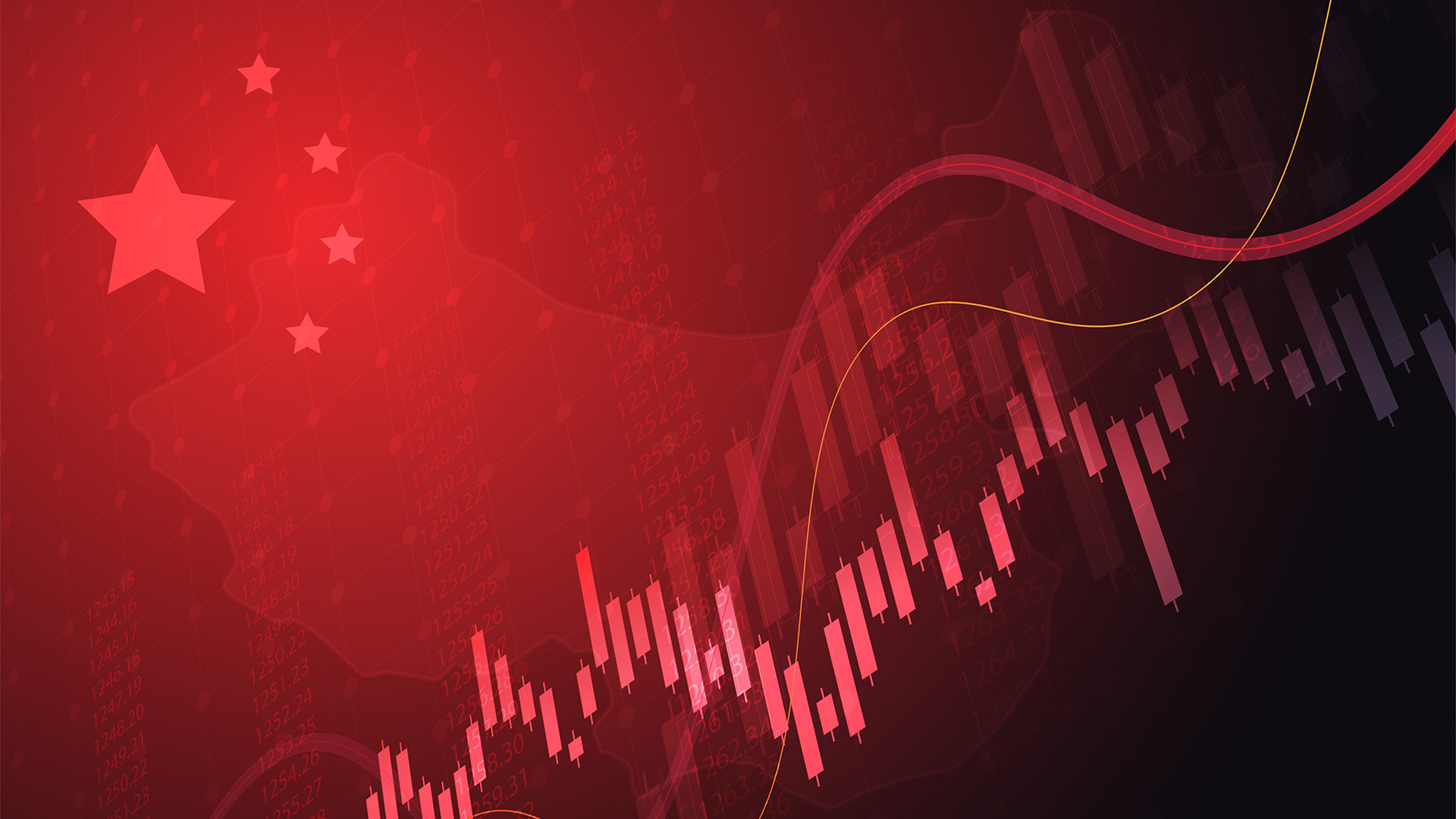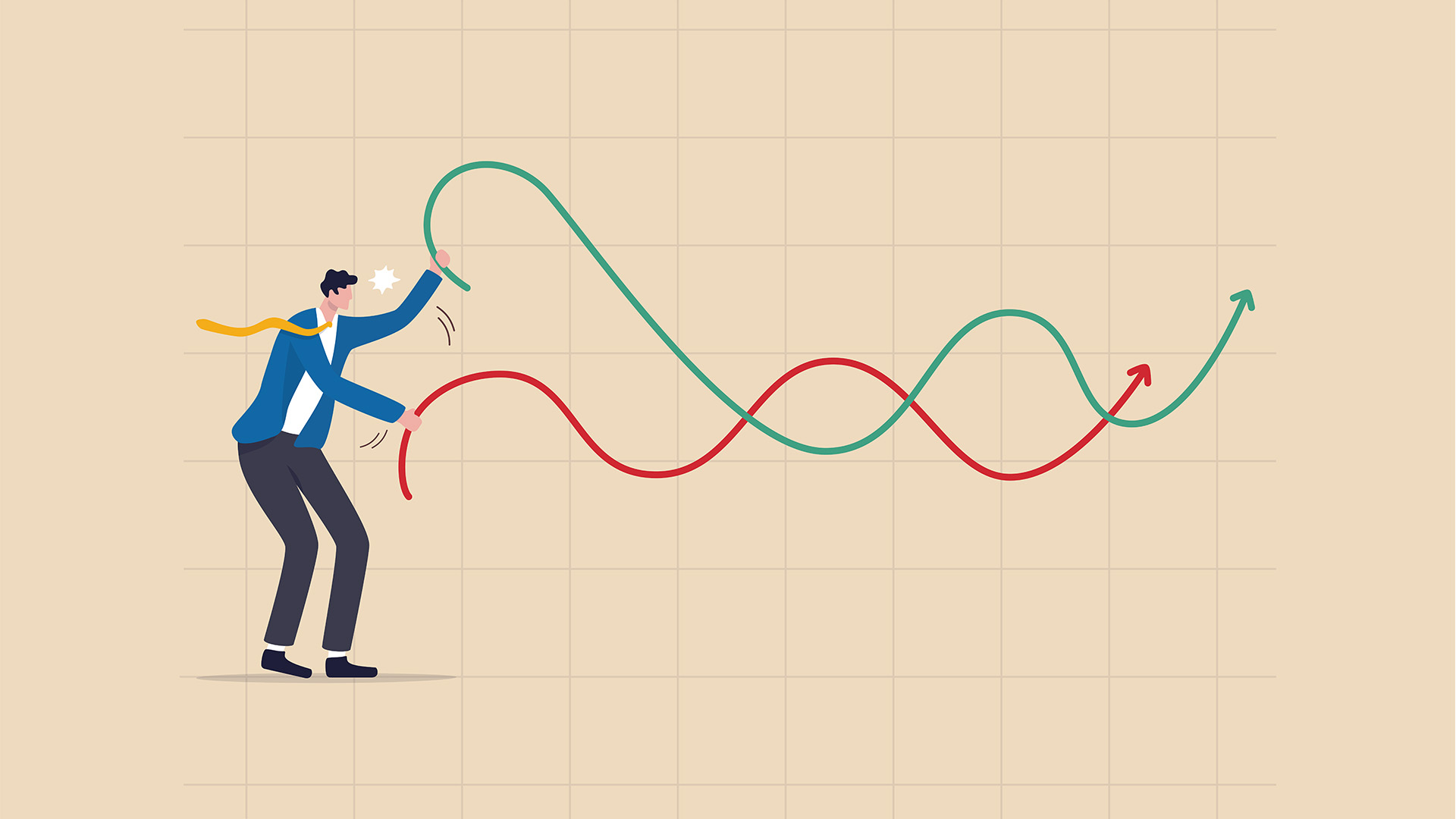The Japanese economy grew at the fastest pace on record in the third quarter, rebounding strongly from its biggest postwar slump in the June quarter, a classic V-shaped economy bounce, but that’s about as good as it gets because prospects for the current December quarter and into 2021 remain clouded in doubt thanks to new COVID-19 infections around the world.
Japan has so far announced two stimulus packages worth a combined $US2.2 trillion to ease the pain from the pandemic (which has impacted Japan less than its major markets in the US, Asia, and Europe).
These packages have included cash payments to households and small business loans (as they have in many other economies.
But the government of new Prime Minster Yoshihide Suga wants more targeted support to help the economy through the first half of 2021 (and to end the 20-21 financial year on March 31).
Monday’s data release showed Japan’s economy grew an annualised 21.4% in the three months to September, thanks to higher domestic consumption(supported by the stimulus packages) and higher exports.
But business investment again weakened, leading some analysts to wonder whether another slide is awaiting the economy (which depends heavily on business investment and exports) in 2021.
The 21.4% annual rate in GDP growth was up from the market forecast of nearly 19% (annual) but well short of the 28.8% plunge in the June quarter.
On a quarter-on-quarter basis, the economy grew 5.0%, faster than forecasts of 4.4%, but less than the 7.8% quarter on quarter fall in the three months to June (which was Japan’s first-quarter).
Despite some signs of improvement in recent months, analysts expect the world’s third-largest economy to shrink 5.6% in the current financial year ending in March 2021. It could take years to return to pre-Covid levels.
Private consumption, which makes up more than half of the economy, rose 4.7% in July-September from the previous quarter, rebounding from a plunge in April-June blamed on lockdown measures aimed at preventing the spread of the virus.
The packages saw households spend more on cars, leisure, and restaurants.
The external account (net trade) added 2.9% points to GDP growth thanks to a rebound in overseas demand that pushed up exports by 7.0%.
But capital expenditure fell 3.4%, contracting for a second straight quarter, suggesting that uncertainty from the pandemic is making the business less confident.












